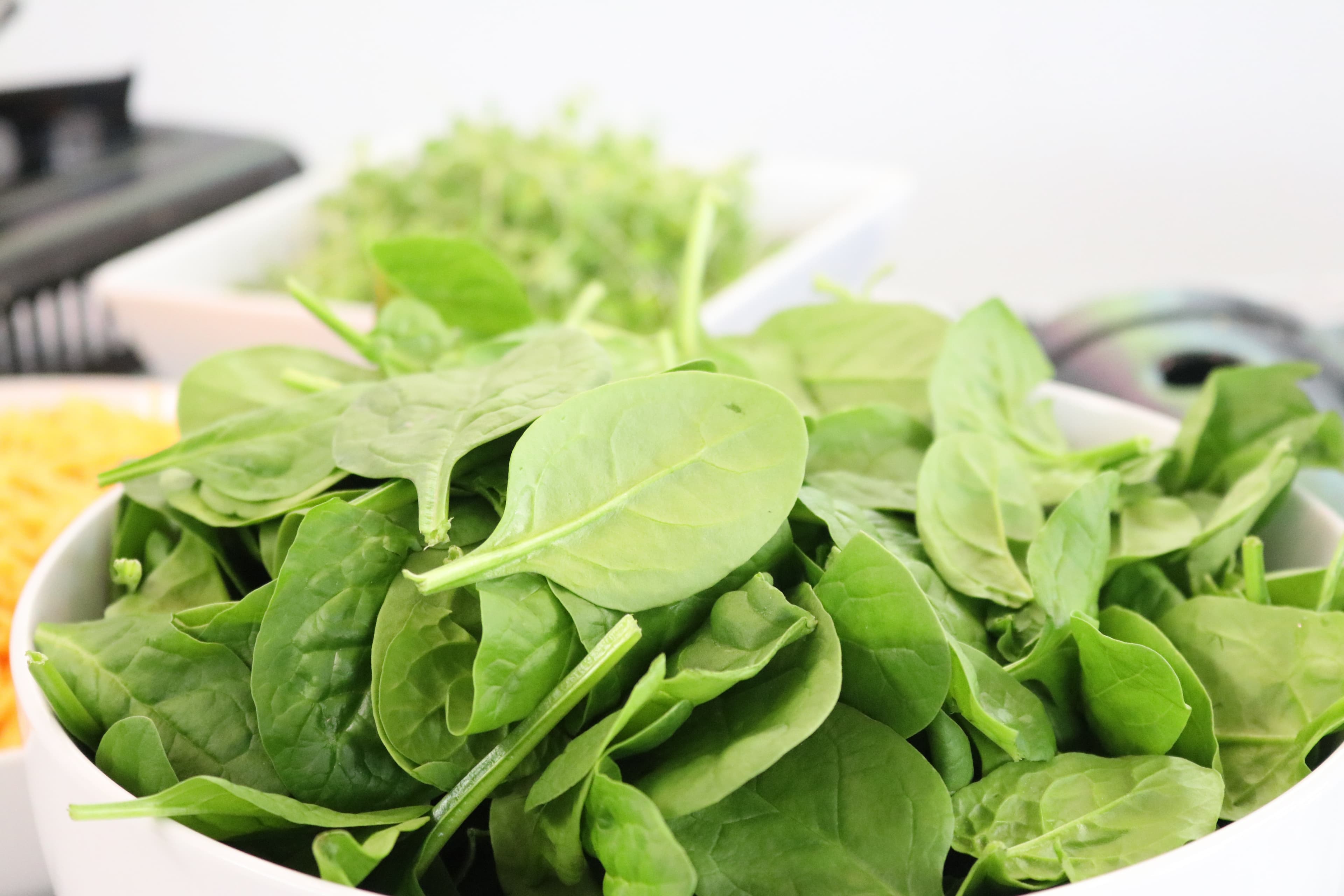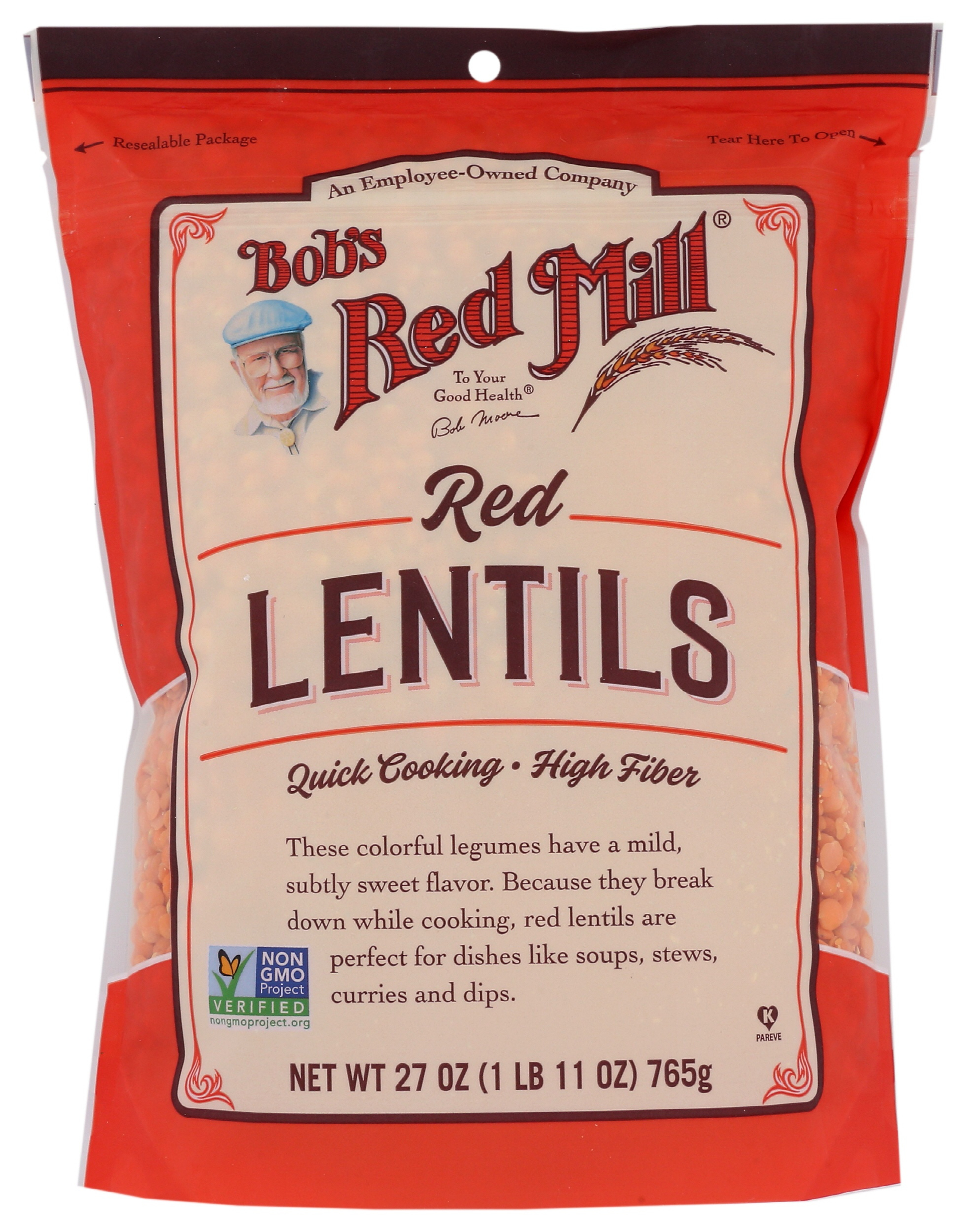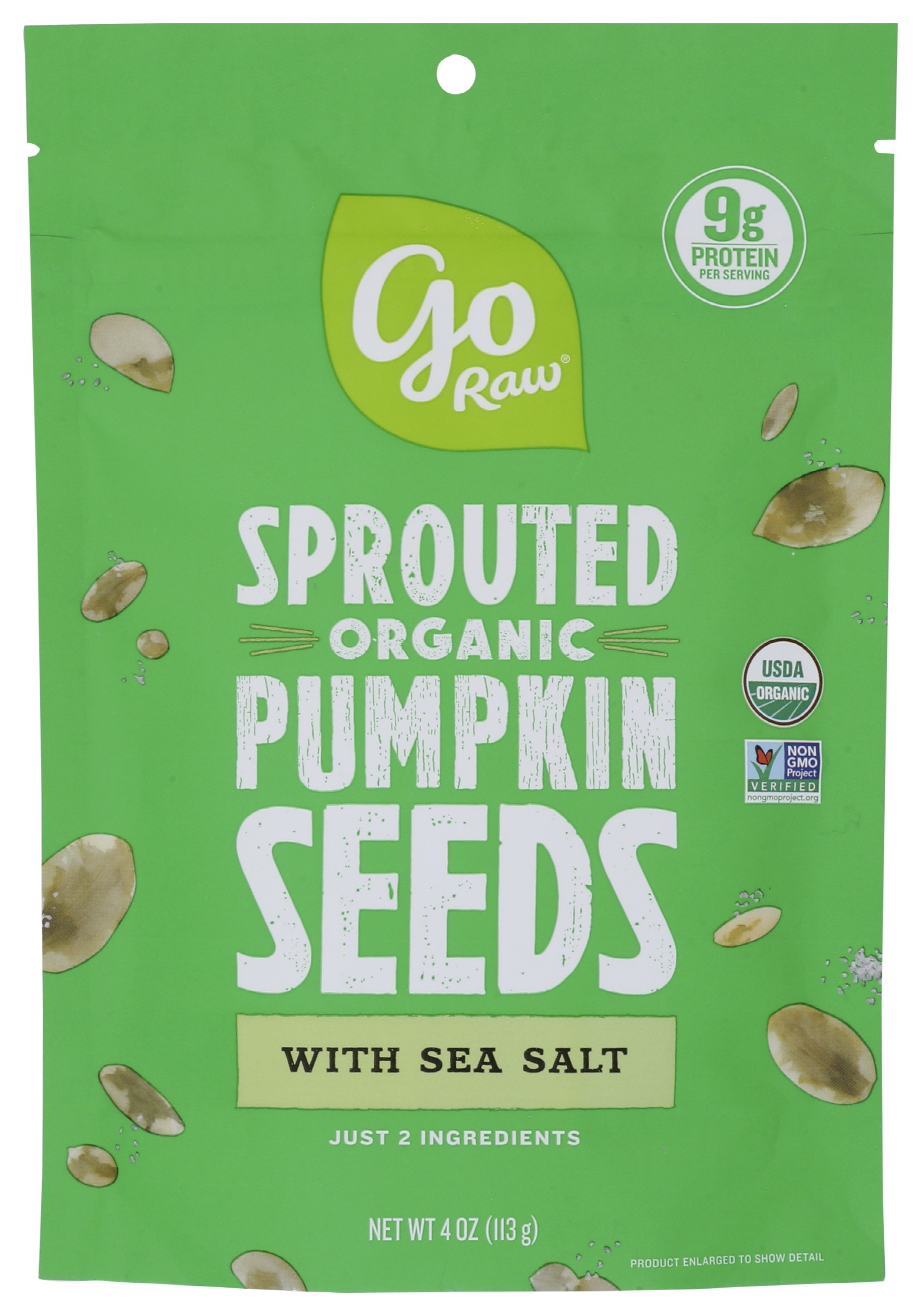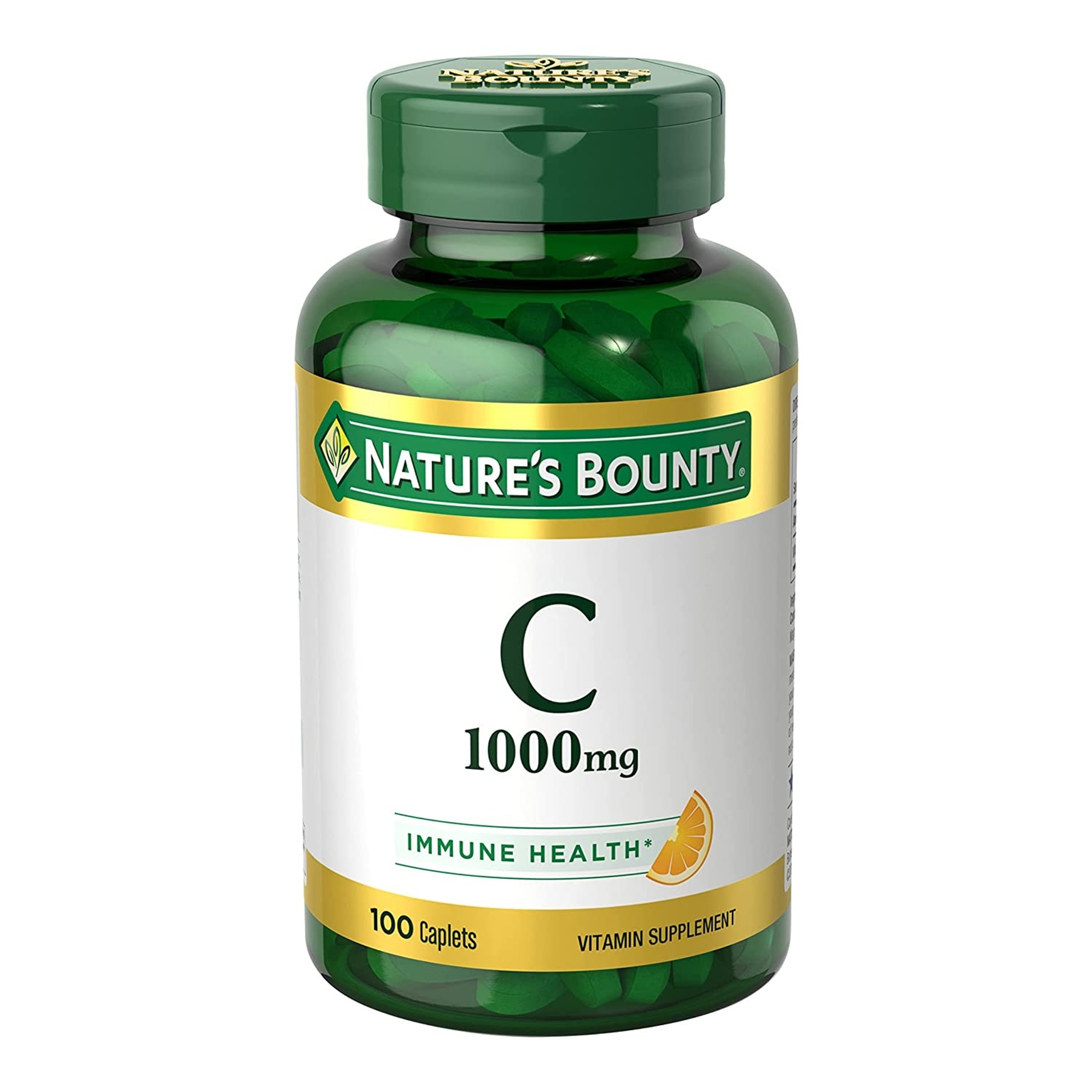Anyone can develop iron deficiency anemia, but it’s particularly common in adults 65 and older. Your body has trouble creating healthy red blood cells if you don’t get enough iron in your diet. Over time, this can cause symptoms like fatigue, nausea, and shortness of breath.
Fortunately, there are several things you can do to increase your iron levels. One of the easiest is eating a diet with iron-rich foods. In this article, we explain what causes iron deficiency and recommend ingredients that can help boost your iron intake.
Why Is Iron Important?
Eating foods rich in iron is important because it plays a vital role in various bodily processes.
“One of the primary functions of iron is to help in the production of hemoglobin, a protein in red blood cells responsible for carrying oxygen from the lungs to tissues throughout the body,” registered dietitian Mary-Ellen Sabat, RD, explains. “Iron is also essential for myoglobin, a protein that stores and releases oxygen in muscle cells, as well as various enzymes involved in energy metabolism and other important cellular processes.”
What You’ll Need:
Adding more iron to your diet doesn’t require special equipment. You might enjoy cooking with a cast iron skillet or benefit from taking an iron supplement, depending on the severity of your deficiency, but we cover both of these topics a little later in the piece.
Steps to Getting More Iron In Your Diet
Step 1: Visit Your Doctor to Check Your Iron Levels
Before increasing your iron intake, talk with your doctor. Consuming too much iron increases the risk of stomach problems and organ failure, so it’s important you don’t overdo it.
Depending on your age and health history, your doctor might order one (or several) of the following tests:
Serum iron test
This test measures the amount of iron in your blood.
Transferrin test
This test measures the amount of transferrin in your bloodstream, a molecule that carries iron throughout the body.
Total iron-binding capacity
This test evaluates how well transferrin and other molecules bind to the iron in your blood.
Ferritin blood test
This test measures how much iron is stored in your body. Low iron reserves indicate an iron deficiency.
After reviewing the results of these tests, your doctor can determine if you have an iron deficiency and make personalized treatment recommendations.
Step 2: Add Iron-Rich Foods to Your Diet
There are several iron-rich foods that you can add to your diet if you have an iron deficiency, including:
Spinach
100 grams of spinach (or about 3 cups) has 2.7 milligrams of iron. “Spinach is also rich in vitamin C, which enhances iron absorption,” Sabat says.
Lentils
Lentils, or pulses, are an edible legume. They have a texture similar to beans and are loaded with iron. In fact, 100 grams of cooked lentils (about 3 cups) contain 3.3 milligrams of iron. Lentils are also an excellent source of protein and fiber.
Red meat
“Beef and lamb are excellent sources of heme iron, which is more easily absorbed by the body compared to non-heme iron found in plant-based foods,” Sabat explains. “For example, 100 grams of cooked beef liver contains around 6.5 milligrams of iron.”
Tofu
Tofu, a silky meat substitute made from soybeans, is another excellent source of iron. One half-cup of tofu has about 3.4 milligrams of iron, which is about 19% of the recommended daily value. Tofu also contains minerals, like calcium, magnesium, and selenium.
Pumpkin seeds
Pumpkin seeds, or pepitas, make for a great snack if you’re iron deficient. One, one-ounce serving has about 2.5 milligrams of iron. Pumpkin seeds also have vitamins and minerals, like zinc, manganese, and vitamin K.
Quinoa
Quinoa is a healthy grain similar to rice. It makes a great oatmeal substitute, but can also serve as a side with lunch or dinner. One cup of cooked quinoa has about 2.8 milligrams of iron. And, because it’s gluten-free, quinoa is safe for people with celiac disease and gluten allergies.
Step 3: Cook with Cast Iron
Believe it or not, certain types of cookware can help boost your iron intake. For example, cast-iron skillets and Dutch ovens.
“Cooking acidic foods, such as tomatoes or foods seasoned with vinegar, in cast iron cookware can slightly increase the iron content of the food,” Sabat says.
Step 4: Eat More Vitamin C
Your stomach needs to produce a specific amount of acid for your body to absorb iron efficiently. One of the easiest ways to increase stomach acid production is by eating foods rich in vitamin C.
Sabat recommends fruits and vegetables like oranges, strawberries, or bell peppers. You can also drink orange or tart cherry juice with your meals, to increase iron intake.
Step 5: Avoid Iron Inhibitors
“Some compounds, like phytates in whole grains or polyphenols in tea and coffee, hinder iron absorption,” Sabat explains. “You don’t need to stop eating or drinking these items altogether, but limiting their intake during meals can improve your ability to absorb iron.”
Certain over-the-counter medications have a similar effect on iron absorption, especially antacids. Talk to your doctor if you have iron deficiency and frequent heartburn. They can recommend prescription medications that won’t interfere with your iron intake.
Step 6: Consider Taking an Iron Supplement
Sometimes an iron-rich diet isn’t enough to balance your iron levels. In this case, a supplement might be helpful, but only if you have a confirmed deficiency.
“Talk with your doctor before starting any supplements,” Sabat says. “Iron supplements can be prescribed by a doctor if they determine you have a deficiency. However, taking iron supplements without medical supervision can be harmful, as excessive iron levels can lead to toxicity.”
How to Get More Iron In Your Diet - Commonly Asked Questions
1) Is iron deficiency a normal part of getting older?
About 17% of people 65 and older have low iron levels, but it isn’t necessarily part of aging. “Often, iron deficiency is associated with other factors, like poor diet, chronic health conditions, or blood loss,” Sabat says. “If you think you might have an iron deficiency, it should be investigated to identify and address any underlying health issues.”
2) Which medical conditions increase the risk of iron deficiency?
Several medical conditions increase the risk of iron deficiency, including:
Blood loss, caused by heavy menstrual periods, gastrointestinal bleeding, or regular blood donation
Pregnancy and breastfeeding
A diet consistently low in iron
Malabsorption issues. For example, celiac disease, inflammatory bowel disease, and some types of gastrointestinal surgery can impair your body’s ability to absorb iron from your diet.
3) Can anyone take an iron supplement?
No. Iron supplements aren’t suitable for everyone, because they can have adverse effects.
Don’t buy an iron supplement from the grocery or health-food store without talking with your doctor first. They can prescribe a specific dosage and monitor your iron levels over time.
Takeaways
Iron deficiency can sap your energy and make it hard to breathe or exercise. But iron-rich foods can help you maintain your general health and prevent iron deficiency anemia.
“Incorporating a variety of iron sources in your diet, both heme (from animal sources) and non-heme (from plant sources), along with vitamin C-rich foods to enhance absorption, can ensure adequate iron levels,” Sabat says.
“Remember, if you suspect an iron deficiency, seek guidance from your doctor for proper diagnosis and treatment. Self-diagnosis and supplementation without medical advice can be risky.”
Have Additional Questions?
Many family caregivers help their loved ones with grocery shopping and snack and meal prep. You probably have lots of questions if your loved one has an iron deficiency. Our Care Specialists can recommend products, and answer your questions.
We’re available and here to help! Call (800) 696-CARE or send an email to support@carewell.com.








